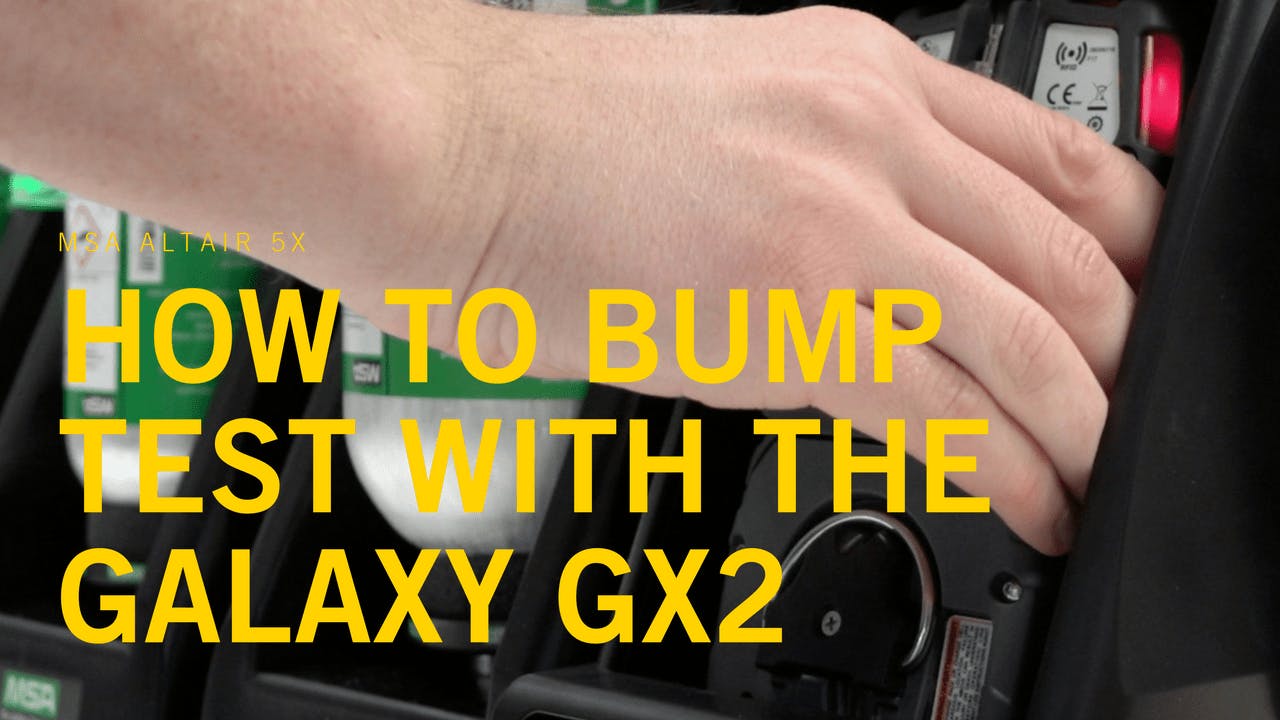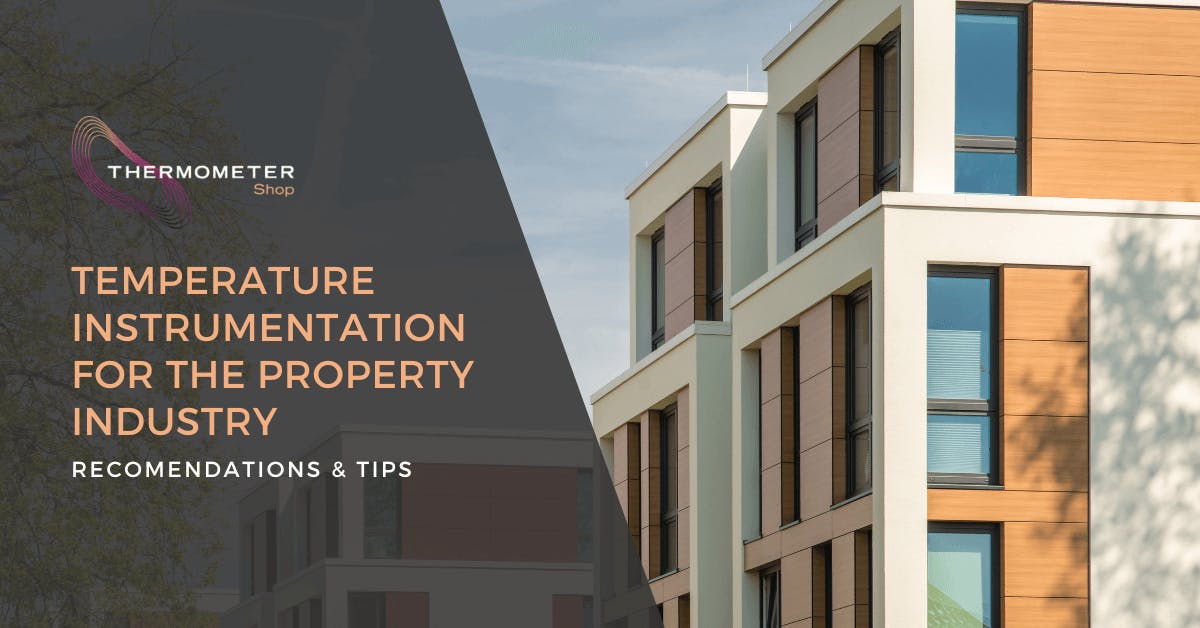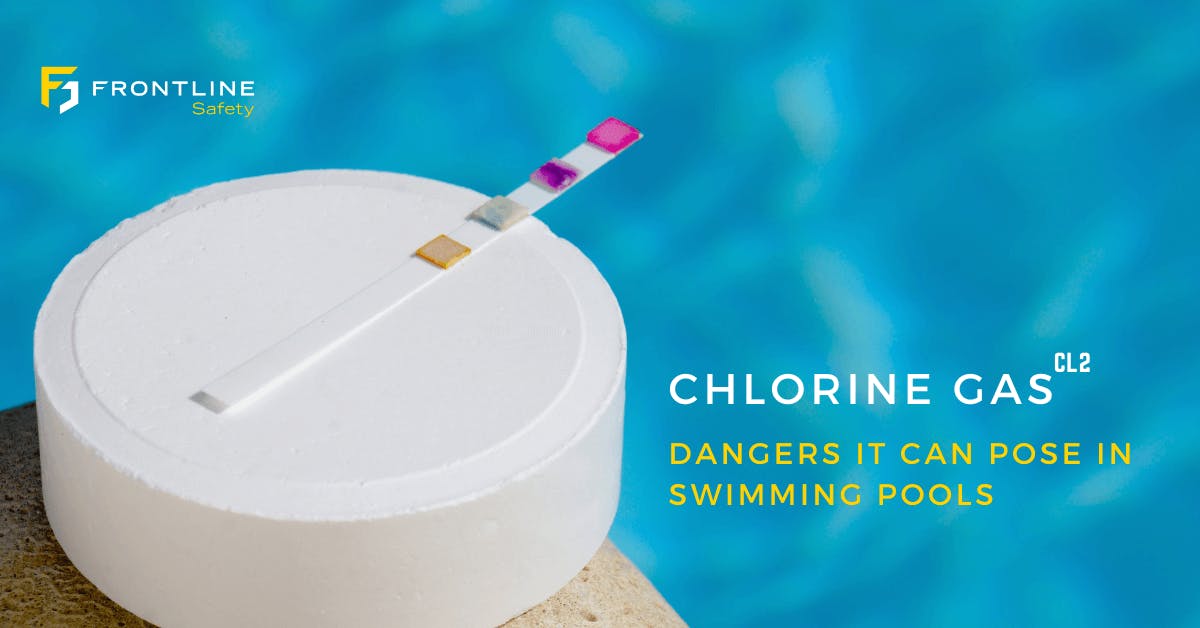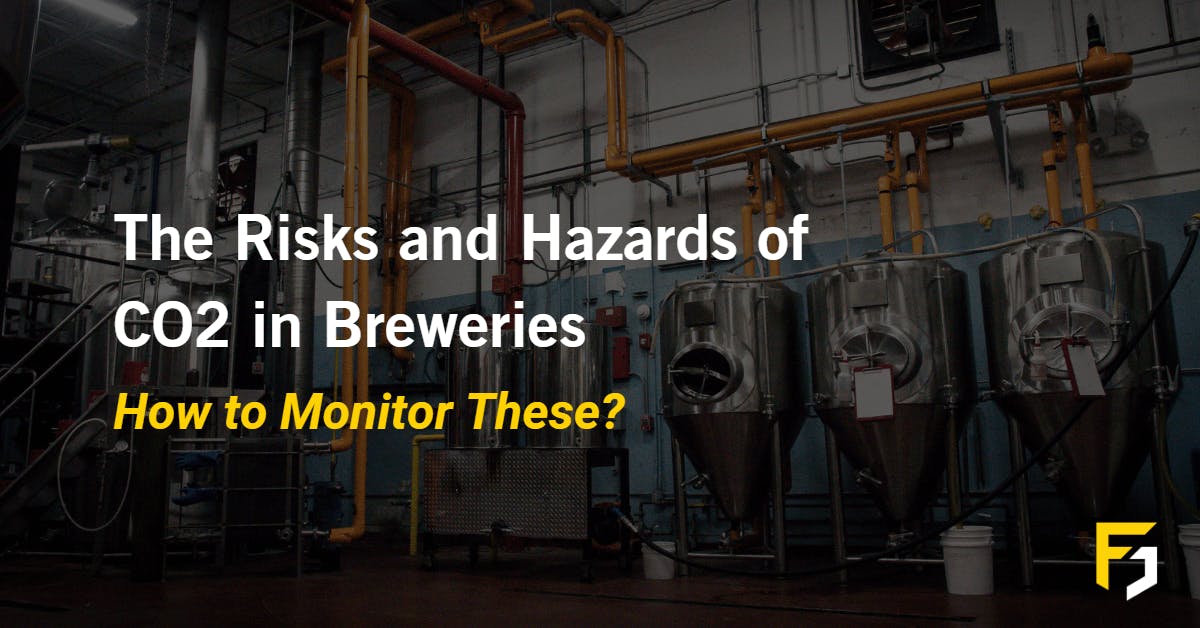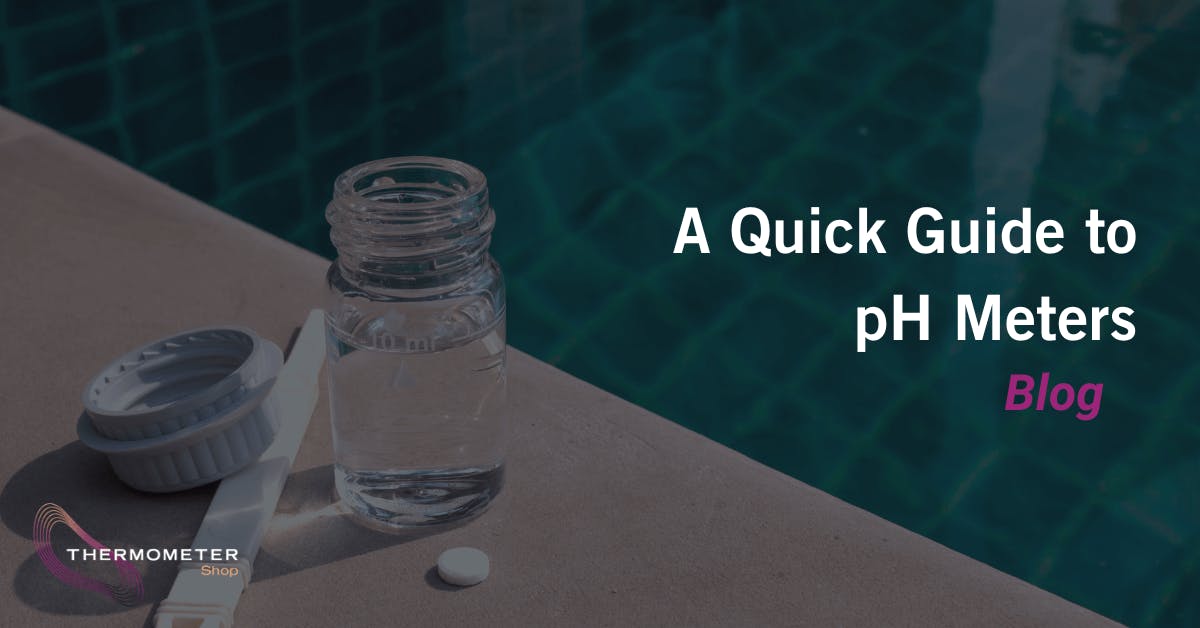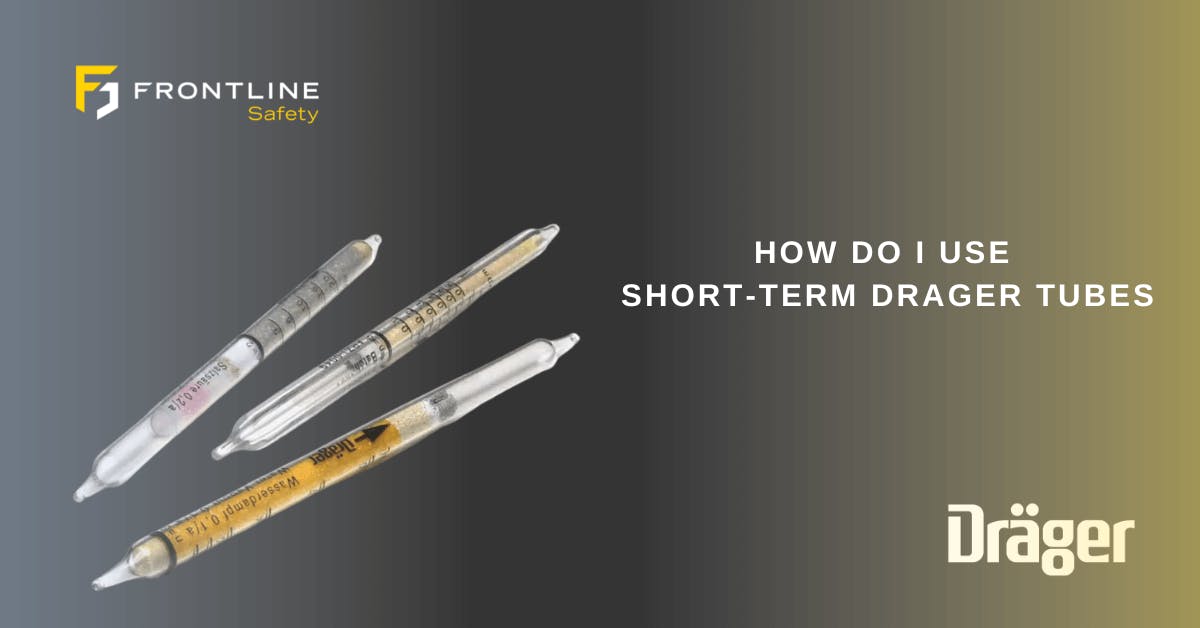
Bump Testing - Why It's Important
Just like the timely calibration of the gas detectors we use to keep us safe from hazardous gases by determining their accuracy (read more why it's to important here), bump testing is a vital part of our maintenance schedule.
What is a Bump Test?
In simple terms bump testing is the process that verifies that the gas detector's sensors properly respond to their target gas. For example, during a bump test, a CO sensor is exposed to a known quantity of CO gas in order to make sure it responds by going into alarm.
You're literally "bumping" the monitor with the target gas to make sure it does its job.
Bump Testing - Why it's Important
First off, bump testing is not a measure of the accuracy of the detector. This means you're not testing to see if it accurately displays quantities of target gas(s), but rather whether it picks up on the presence of the gas in the first place.
The necessity of bump testing is borne out of the fact, in part, that portable gas detectors are subject to a certain level of abuse; they're usually worn on belts or clipped to clothing. They may get dropped or knocked about during the typical working day. They may be exposed to rain, dust, oil, sealants, etc, and the sensor's protective membrane may become blocked.
Some damage to the device can be detected by the naked eye, however, an under-performing sensor can't.
Therefore, a bump test is essential to make sure the sensor is working as intended.
How to Perform a Bump Test
In short, however, you need some key pieces of equipment:
- the device itself
- calibration gas with a known quantity of target gas
- calibration tubing
- depending on the type of monitor you're bump testing, a demand flow regulator
Depending on the device you're bump testing, a bump test station may be available, such as the MSA Galaxy GX2 which is for the Altair 4 and 4X. Click here to the range we have in stock.
Each device is bump tested according to the manufacturer's guidelines, so it's important to follow their steps closely, accessing the relevant menus, etc.
Like regular calibration, bump testing our gas detectors is essential. We're here to help you via the numerous videos we have on YouTube walking you through how to bump test the most popular gas detectors on the market. Visit our channel here.
If you'd like more information on bump testing or calibration, use our Contact Page to talk to one of our experts, or get in touch via the comments section below.



